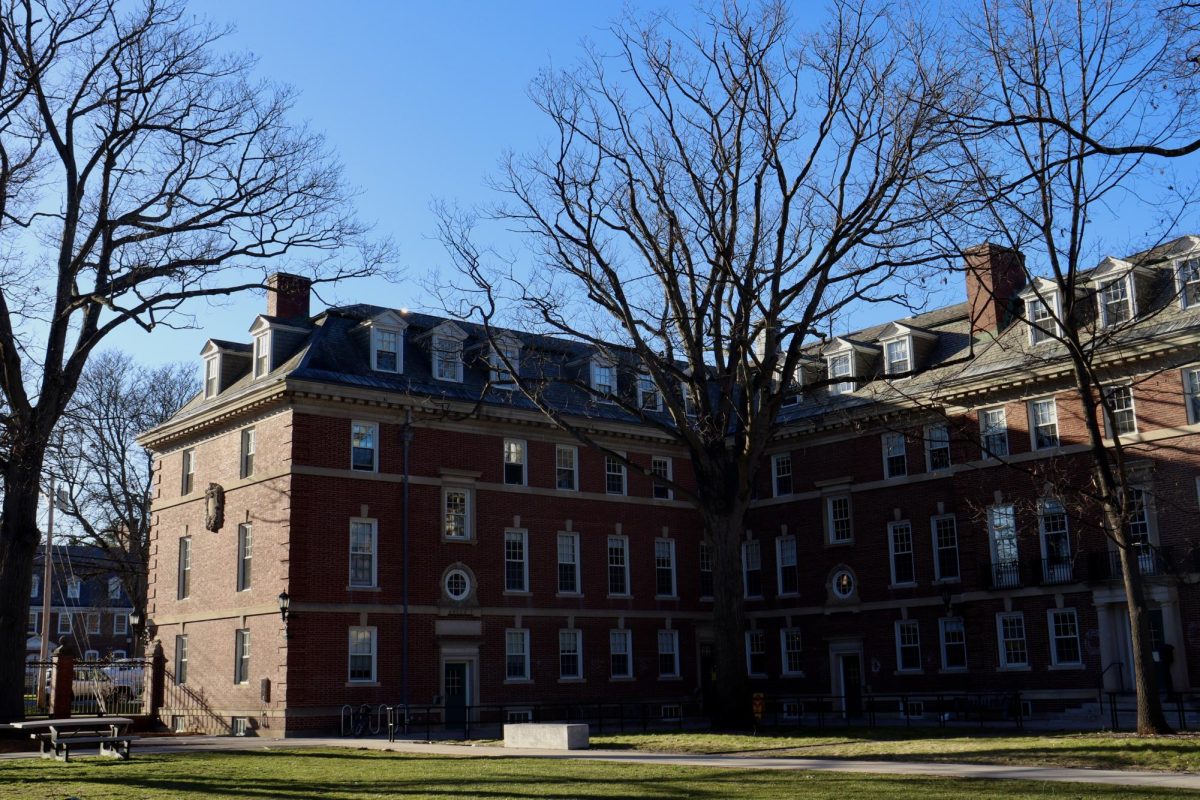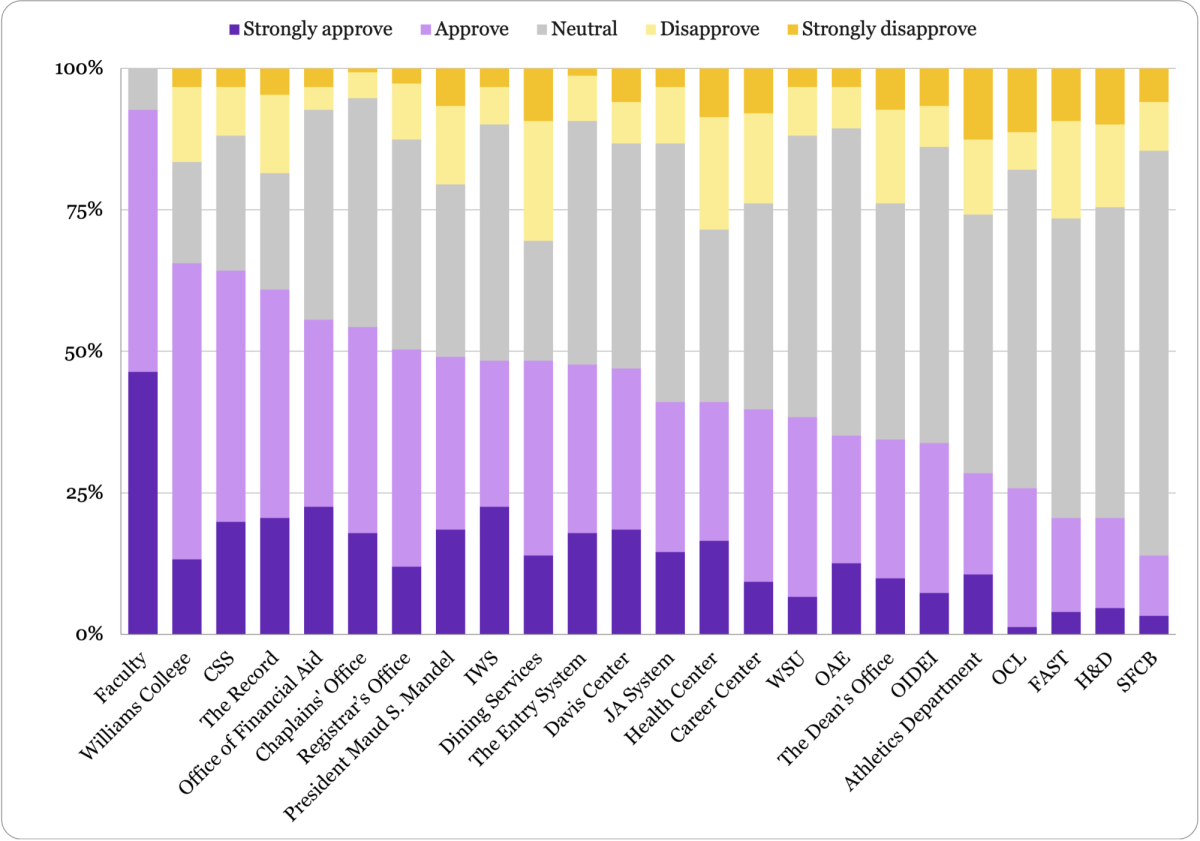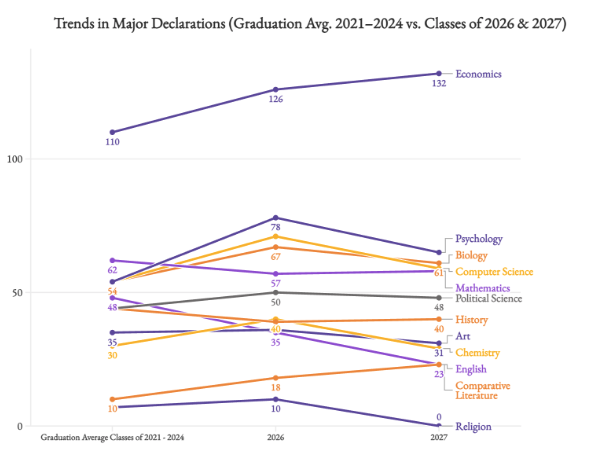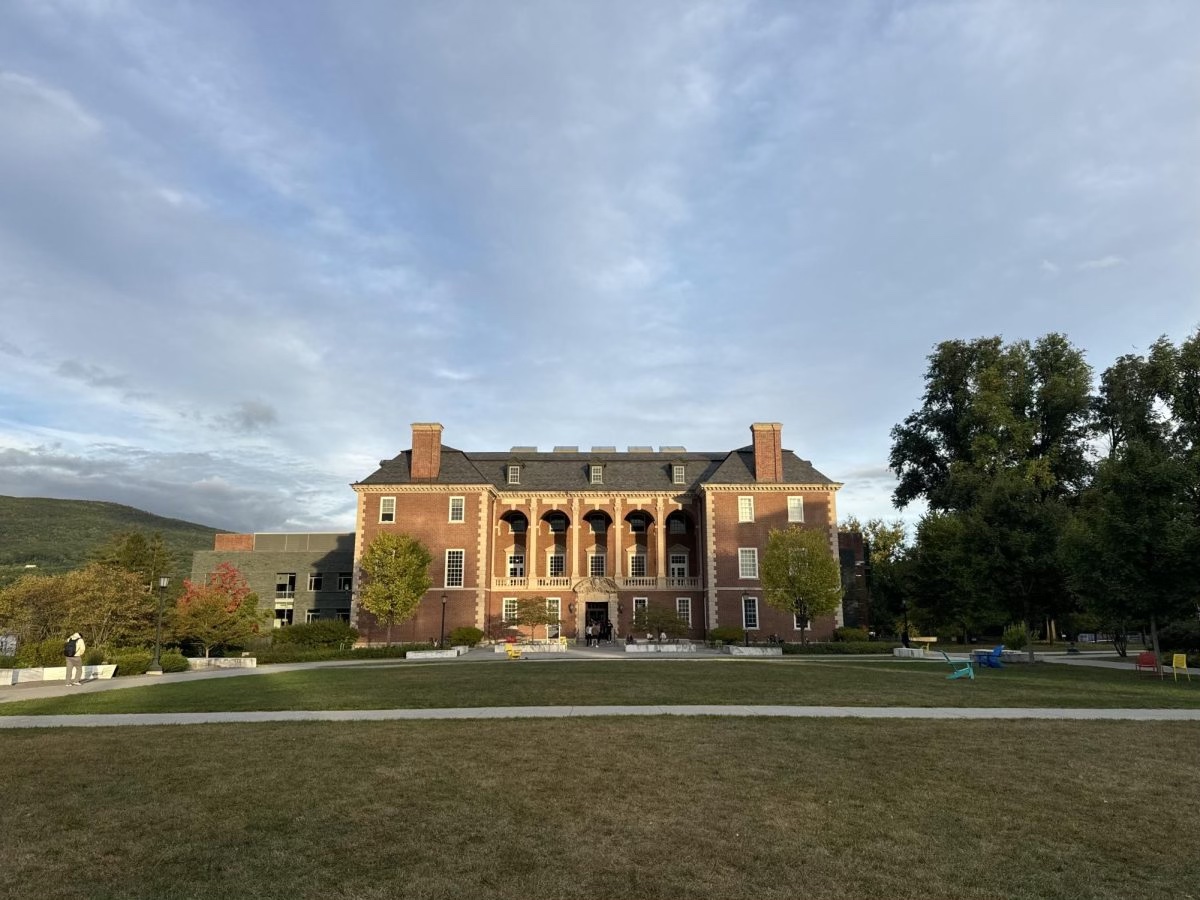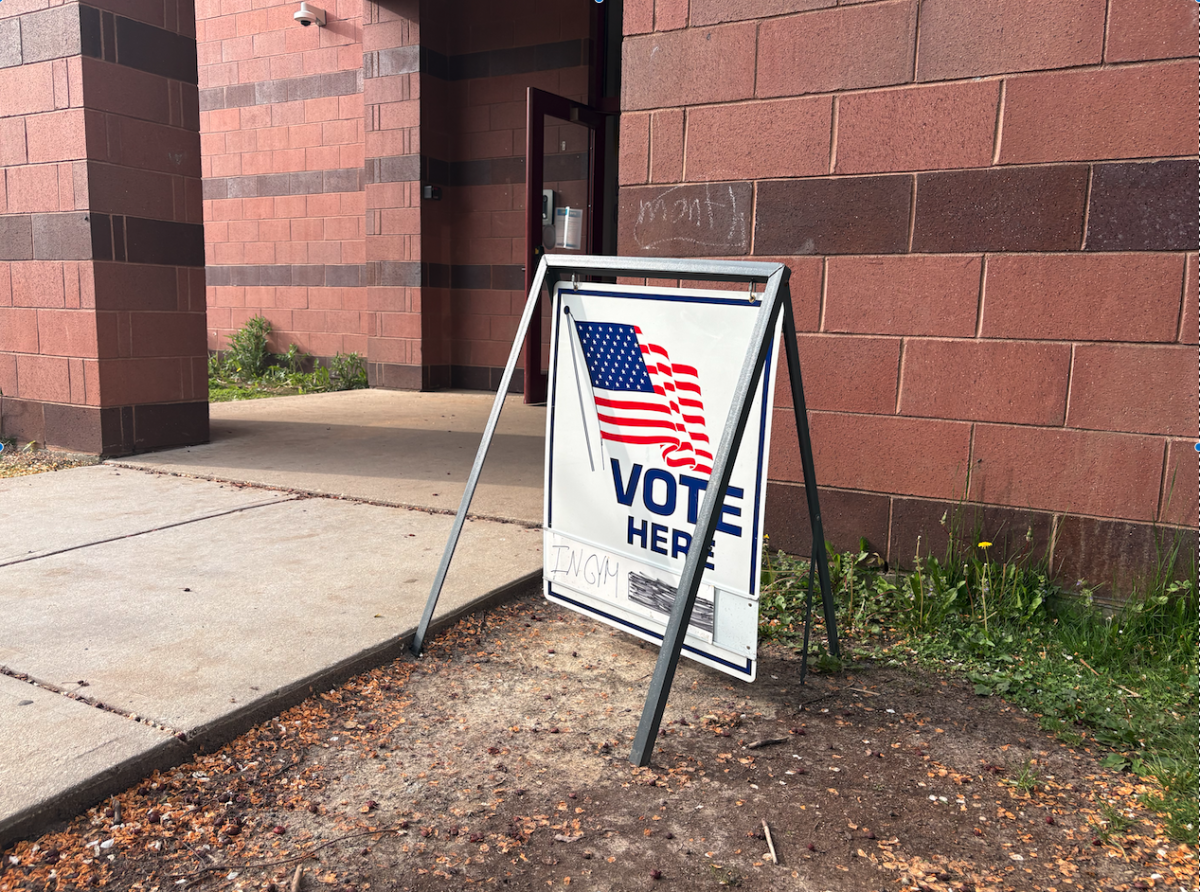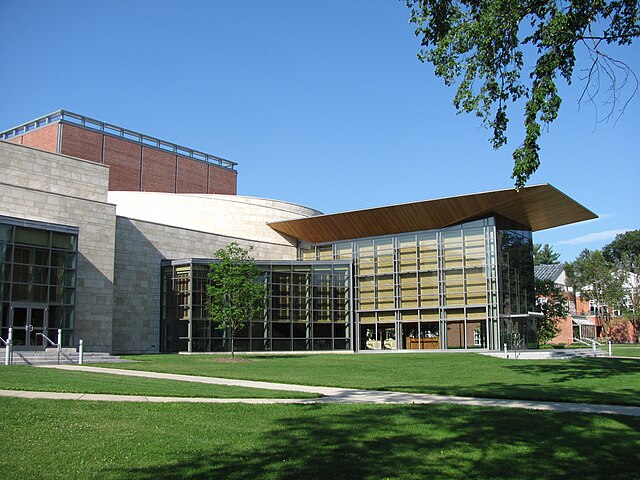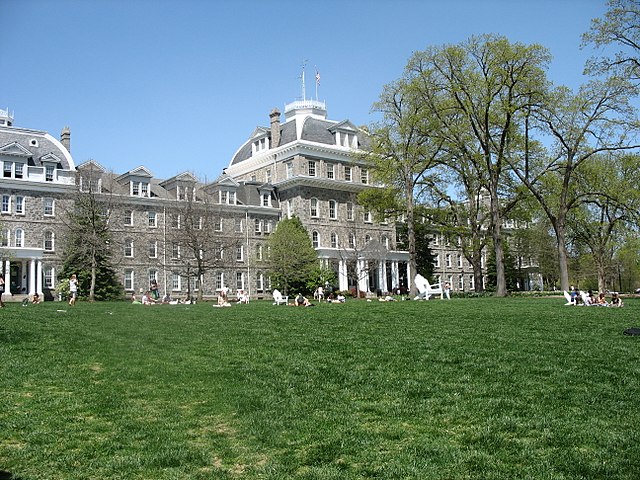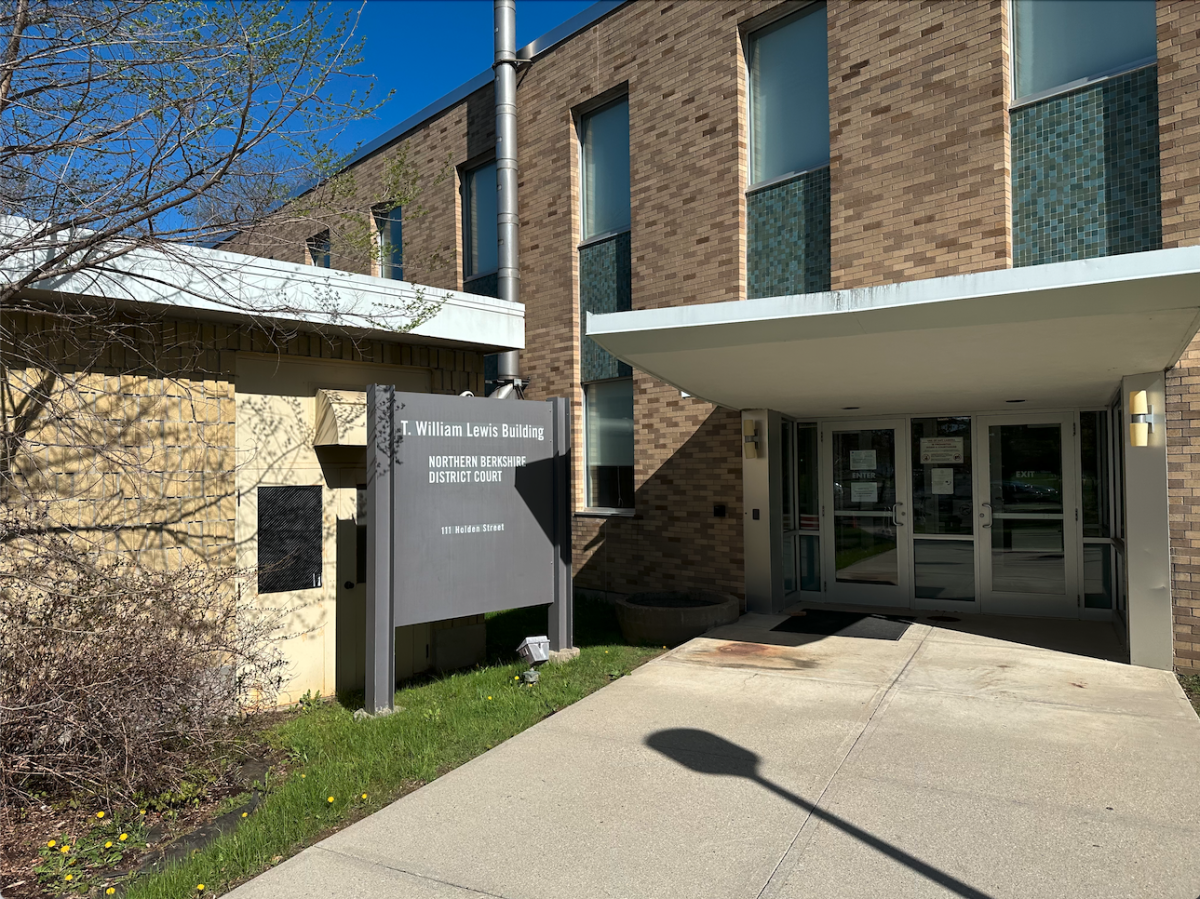The Junior Advisor (JA) cohort to the Class of 2028 will comprise 35 students — the smallest cohort of JAs in recent years. Despite the small cohort and uncertainty surrounding the program in recent weeks following mass resignations from the Junior Advisor Advisory Board (JAAB) — a group of former and current JAs elected to train and support JAs — College administrators said they remain confident that they will be able to provide a full experience for first-years and JAs next year.
On March 12, three days before the deadline to accept the JA position, a group of 41 prospective JAs sent a message to the Dean’s Office explaining that their acceptance to the JA position was conditional on a set of three “needs” being met by the College’s administration. These needs included specific commitments related to access to Integrated Wellbeing Services (IWS) for first-years, professional training for JAs, and increased funding for entries, especially affinity entries.
The following day, March 13, Senior Associate Dean for Administration, Finance, and Strategy Jeff Malanson responded in an email to the 41 prospective JAs, which was provided to the Record. The purpose of the email, he wrote, was “to help provide some clarity on elements that are currently in place and ways that we might be able to enhance our approaches to better meet student needs.”
In his email, Malanson detailed existing IWS services open to all students, listed the professionals that regularly conduct JA training each year, and noted that next year’s Residential Life and Housing budget request includes increased funds for affinity entries.
“A lot of what they were asking for were things that we already have in place or [can] easily restart,” Malanson said in an interview with the Record. “The letter we wrote back was very supportive of hearing their concerns, wanting a continued dialogue with [prospective] and current JAs around how the College can best meet both their needs and especially the needs of first-year students.”
Daria Lukinova ’26, a prospective JA to the Class of 2028, told the Record that she was “very disappointed” by the College’s responses to the set of needs.
“The response seemed very patronizing, making it out to be as though we didn’t know what we were talking about,” she wrote to the Record. “I ultimately ended up accepting my position, but I am questioning if that was the right choice… I do not know how sustainable this position will be if the administration doesn’t make the changes that the program needs.”
Only 35 students accepted the JA position, marking an ongoing decrease in the in the size of the program. In 2023, only 43 students accepted a position as a JA to the Class of 2027, while the number of JAs to the Classes of 2024, 2025, and 2026 ranged from 52 to 57.
According to Malanson, the target number of JAs is determined by the number of student applications as well as the quality of applications from and interviews with candidates.
“Coming out of this year’s process, [the JA Selection Committee was] hopeful to have a class of about 50, but obviously a lot happened to change the calculation for a lot of individuals who had applied about whether or not they wanted to participate,” he said. “Thirty-five is a bit lower than we would have liked, but we’re confident that we can make 35 work and still provide a robust experience and support for first-year students next year.”
Malanson also noted that this number could fluctuate as several JAs regularly drop out before the start of the academic year, and there is a potential that students who turned down their JA offer may change their mind, for whom he said the College would be “very open to considering them coming back in.”
To alleviate JAs’ workloads, especially for such a small cohort, the College plans to cut back some of the responsibilities for JAs, Dean of the College Gretchen Long told the Record.
“There are all kinds of things that only JAs can do that staff can’t do, and that’s the wonderful-ness of this Williams program,” Long said. She noted, however, that there are administrative tasks that do not have to be performed by JAs and can instead be assumed in part by College staff.
“I’m hoping that, when we have our initial meetings with incoming JAs, we can talk about setting boundaries about what they do and what we can do for them,” Long added.
Audrey Liu ’26, who was offered a position in the cohort of JAs to the Class of 2028 but did not commit to a conditional acceptance of the position, told the Record that she believed the issues with the program were “much deeper” than College administrators were characterizing in their communications to prospective JAs, which was a reason why she turned down the position.
“It was not just these seven members of JAAB [who resigned] — it was numerous current JAs and former JAAB members who told me that the program is draining and untenable as it is, particularly for those with marginalized identities,” Liu wrote. “Rebuilding both the program and that trust will take time, and as I understand from students who have been involved in the program for years, the scale of the changes needed means this will not take place in just a couple months.”
Given JAAB’s diminished numbers, some of the responsibilities that have been carried out by the advisory board in previous years — like structuring JA training and organizing the process of creating JA groups for each entry — have been assumed by first-year area coordinators and other College administrators.
Malanson noted that this is in line with an action item presented by current JAs to the College in March, which asked for the College to take over operational elements of training.
“We’ve taken that request very seriously and have started doing a lot of that background, logistical stuff to help get us ready for the training we’ll be delivering in May to the incoming class [of JAs],” he said.
George Rogers ’25, the sole remaining member of JAAB, told the Record that he has continued to work with College administrators regarding the incoming JA cohort. “I am still in conversation with the administration regarding training and JA dates this spring, and so there’s still input being given from our class around that process,” he said.
Malanson also said that he believes it is not the College’s role to regulate the future of JAAB. “JAAB is and always has been a student-selected leadership group,” he said. “We didn’t feel it was appropriate to step in and say, ‘Alright, you should have new elections now.’”
Rogers told the Record that there are currently no plans for JAAB re-elections. “That’s an ongoing conversation among our class [of JAs],” he said.
Malanson stressed that some of the procedural changes to the JA training and creating JA groups are constrained by a condensed timeline because the acceptance deadline for JAs to accept their positions was pushed back several weeks, but that it will not necessarily set a precedent for how these processes will be run in future years.
“We’re adapting everything we’re doing this year to the needs of the moment and will be very open to conversations — both this year and in the future — about what makes the most sense for how this should work,” he said.
Correction: A previous version of this piece incorrectly stated that 41 students were accepted into the JA program. The College did not provide the Record with the number of students accepted into the JA program this year. The piece was updated online to reflect this change on April 6 at 1:07 p.m.



